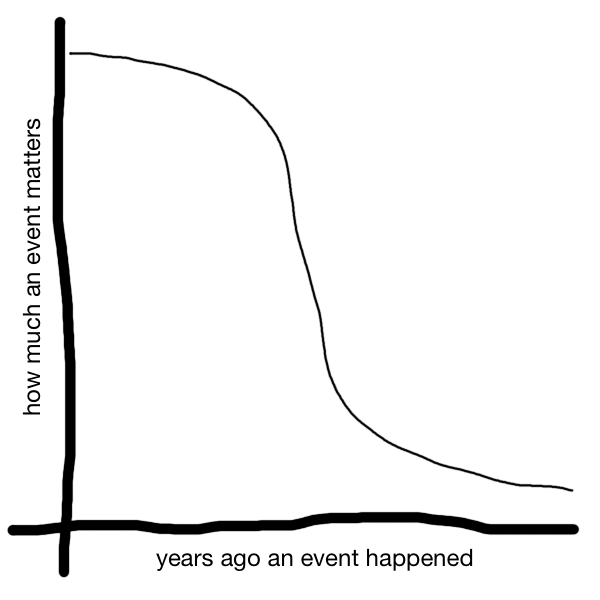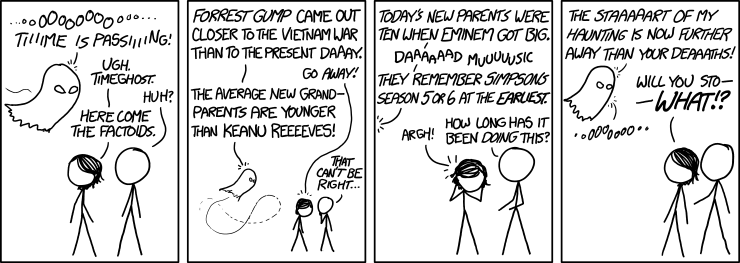I think that CSS would be greatly helped if we solemnly state that “CSS4 is here!” In this post I’ll try to convince you of my viewpoint.
I am proposing that we web developers, supported by the W3C CSS WG, start saying “CSS4 is here!” and excitedly chatter about how it will hit the market any moment now and transform
the practice of CSS.
Of course “CSS4” has no technical meaning whatsoever. All current CSS specifications have their own specific
versions ranging from 1 to 4, but CSS as a whole does not have a version, and it doesn’t need one, either.
Regardless of what we say or do, CSS 4 will not hit the market and will not transform anything. It also does not describe any technical reality.
Then why do it? For the marketing effect.
…
Hurrah! CSS4 is here!
I’m sure that, like me, you’re excited to start using the latest CSS technologies, like paged media, hyphen control, the zero-specificity :where() selector, and new accessibility selectors like the ‘prefers-reduced-motion’ @media query. The browser support might not be “there” yet, but so long as you’ve got
a suitable commitment to progressive enhancement then you can be using all of
these and many more today (I am!). Fantastic!
But if you’ve got more than a little web savvy you might still be surprised to hear me say that CSS4 is here, or even
that it’s a “thing” at all. Welll… that’s because it isn’t. Not officially. Just like JavaScript’s versioning has gone all evergreen these last few years,
CSS has gone the same way, with different “modules” each making their way through the standards and implementation processes
independently. Which is great, in general, by the way – we’re seeing faster development of long-overdue features now than we have through most of the Web’s history – but it
does make it hard to keep track of what’s “current” unless you follow along watching very closely. Who’s got time for that?
When CSS2 gained prominence at around the turn of the millennium it was revolutionary, and part of the reason for that
– aside from the fact that it gave us all some features we’d wanted for a long time – was that it gave us a term to rally behind. This browser already supports it, that browser’s
getting there, this other browser supports it but has a f**ked-up box model (you all know the one I’m talking about)… we at last had an overarching term to discuss what was supported,
what was new, what was ready for people to write articles and books about. Nobody’s going to buy a book that promises to teach them “CSS3 Selectors Level 3, Fonts Level 3, Writing Modes
Level 3, and Containment Level 1”: that title’s not even going to fit on the cover. But if we wrapped up a snapshot of what’s current and called it CSS4… now that’s going to sell.
Can we show the CSS WG that there’s mileage in this idea and make it happen? Oh, I hope so. Because while the
modular approach to CSS is beautiful and elegant and progressive… I’m afraid that we can’t use it to inspire junior developers.
Also: I don’t want this joke to forever remain among the top results
when searching for CSS4…

